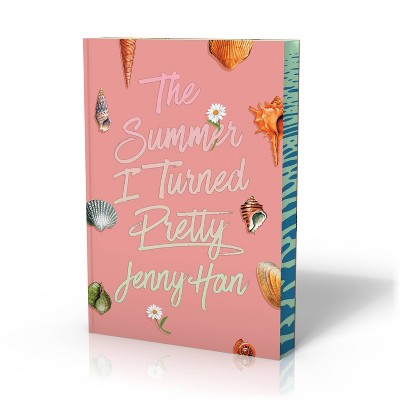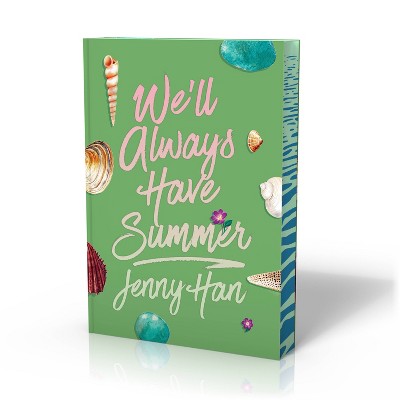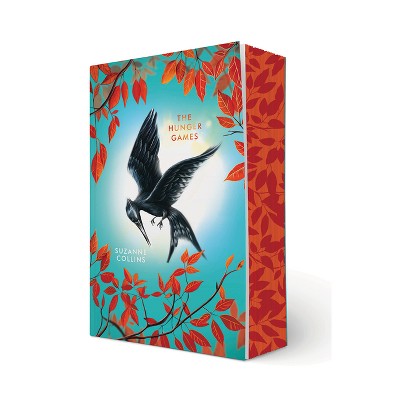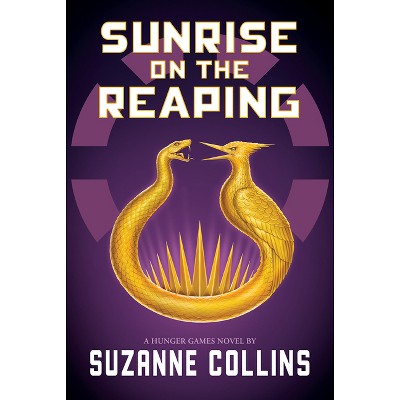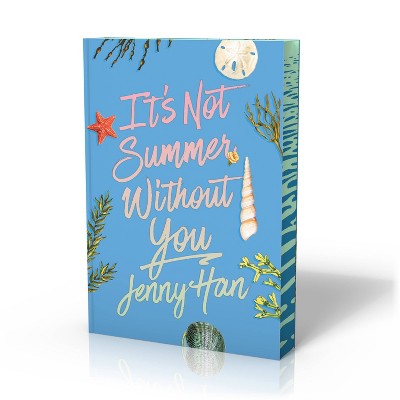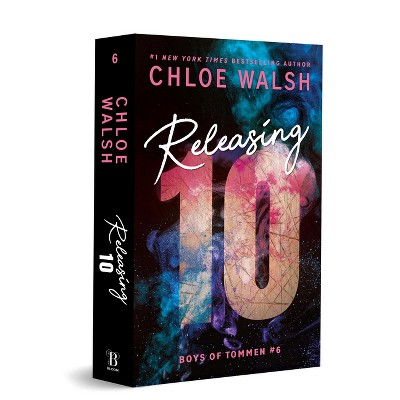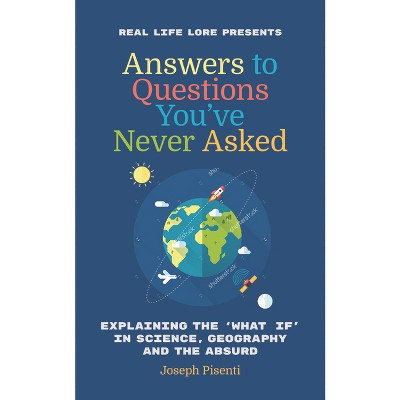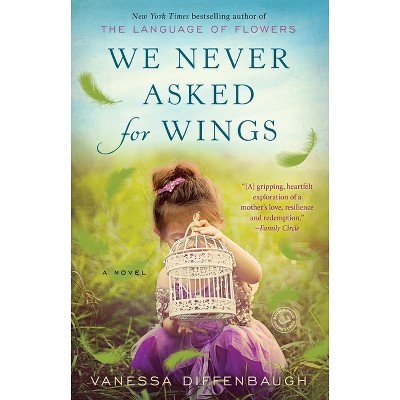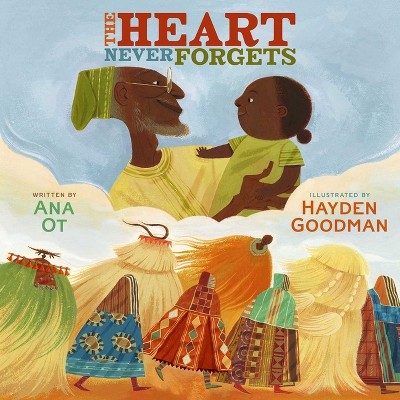The True Story of a Mouse Who Never Asked for It - by Ana Cristina Herreros (Hardcover)

About this item
Highlights
- The True Story of a Mouse Who Never Asked for It is a visually striking, deeply feminist, contemporary retelling of a Spanish folk tale, rediscovered and brought to new life by author Ana Cristina Herreros and illustrator Violeta Lopiz.
- 108 Pages
- Young Adult Fiction, Fairy Tales & Folklore
Description
About the Book
"Folklorist Ana Cristina Herreros and visionary illustrator Violeta Lâopiz spin a deeply feminist retelling of an old Spanish folktale in The True Story of a Mouse Who Never Asked for It. Through rhythmic text, highly conceptual illustrations, and a final visual narrative that is silent but revelatory, this YA picture book builds from deceptive simplicity to an explosive end. The story begins with a mouse, very neat and hard-working, who makes herself a home. In disbelief that she has a house but isn't a wife, suitors show up uninvited, each asking for her hand. She turns everyone down... until a pack of tiny kittens arrive, and she agrees to marry the smallest and most defenseless of the bunch. But it does every mouse well to remember that a kitten always grows up to be a cat. Today, the most commonly told version of this popular folktale serves as a warning, scaring girls to choose good men to marry by reminding them that the cat will always devour the mouse. But this story is rooted in the non-normative, non-performative original version, before it became a cautionary tale. Here, by contrast, the story tells of the pain and harm that come from falling prey to situations beyond one's control. It is also a powerful story of reclaiming one's selfhood." -- Provided by publisher.Book Synopsis
The True Story of a Mouse Who Never Asked for It is a visually striking, deeply feminist, contemporary retelling of a Spanish folk tale, rediscovered and brought to new life by author Ana Cristina Herreros and illustrator Violeta Lopiz. In Herreros and Lopiz's version--which sharply diverges from the most mainstream and popularized telling of the story--a mouse is approached by many suitors, rejecting all but one: a cat, whose gentle meow assures her that he won't bring her harm. But one must remember that a kitten always grows up to be a cat...and thusly, will devour the mouse.Review Quotes
★ Selected for the Rise: A Feminist Book Project for Ages 0-18 Booklist ★"With many layers of meaning in the text and illustrations, this is both a work of art as well as a thought-provoking story that is unfortunately relevant to so many women's lives. We are grateful that it is now available in English and feel sure that it will be appreciated by many. Thank you for sharing this reimagined folktale in such a beautiful format and with such powerful and devastating impact!" --Rise: A Feminist Book Project (Feminist Task Force of the Social Responsibilities Round Table of the American Library Association)
★ A New York Times Best Children's Book of 2021 ★ "With spare prose and evocative illustrations, a traditional Spanish folk tale about the marriage of a mouse to a kitten who becomes a monstrous cat is transformed into a powerful parable of domestic abuse." --New York Times
"This young adult version of a Spanish folk tale redefines what picture books can be... The title itself is a provocation: shifting like a holograph, arch to earnest, depending on the angle from which you look. In [folklorist Ana Cristina Herreros's] hands, the story's sturdy heart is a female mouse who dares to make a snug home for herself alone. She then faces a succession of presumptuous suitors drawn to her ready-made house, animal swains depicted variously as folding chairs, paper fans and scissors--all objects that can be tucked tidily away, or made to extravagantly, even dangerously, take up space. The text is as rhythmic and spare as the oldest fairy tales, its water-cool tone contrasting eerily with the mouse's escalating peril. Playing off Herreros's words (translated from the Spanish by Chloe Garcia Roberts), Violeta Lópiz's illustrations are appealingly concrete, with a limited palette and the warm textural fuzz of construction paper. The connection between pictures and words is often elliptical, their marriage most effective when teased out across several pages--as when, after the mouse accepts the suit of a seemingly harmless kitten, the account of her wedding night and the alarming incidents that follow is accompanied by distortions. The mouse's stretched reflection is projected onto the side of a steaming chrome kettle, her body is doubled by the water inside a curving vase... The coupling in True Story of a resourceful mouse and a monstrous cat does not end well. But neither does the fable end with that relationship's demise. The retold tale is capped by a wordless coda that casts the story and its imagery in a new melancholy light, stripping away the pretense of its central metaphor. This lovely mini-narrative recontextualizes objects that were previously weaponized--open scissors as suitors, a net shopping bag that trapped the mouse's feet--and re-envisions them as the landscape of a different life: one full of hope, in which the mouse may dream herself a better story." --Melissa Albert (The Hazel Wood series), for the New York Times
"This collaboration between writer Ana Cristina Herreros and artist Violeta Lópiz takes on a haunting quality as it progresses. At times, the linkage between words and images is clear; at others, what seems at first to be a kind of dissonance takes on greater weight. I'm not quite sure how to classify this, but I do know that it works." --Tobias Carroll, for Words Without Borders
★ "The first book from Enchanted Lion's new imprint centering innovative picture books for older readers, this retelling of a Balearic folktale strips out the moralizing and revives a story of startling violence and insight. When a small, white, red-eyed mouse, 'very neat and very hardworking, ' finds a coin, she buys a cabbage and builds a house for herself out of it. She's subsequently pursued by a series of suitors attracted by her character and her property; after rejecting donkeys, ducks, and cats as too raucous, she marries the 'kitten that seemed the most defenseless'--with predictably disastrous consequences. Bold illustrations in neutrals, blood red, and royal blue tell a parallel story that operates as an interpretive cipher and the narrative's key... The book's brilliance lies in its intriguing disjunction between word and image. As the narrative advances, accompanied by images of domestic and personal objects instead of donkeys and ducks, the solution to the illustrated puzzle reveals a nuanced feminist interpretation of the original folktale, and the promise of healing through autonomous creative fulfillment." --STARRED REVIEW, Publishers Weekly
"A traditional folktale is reworked into a feminist parable. Deceptively simple, midcentury-style illustrations use a muted color palette of red, blue, gray, beige, white, and black to focus on the details of domestic objects before widening the lens to the bigger picture: ... a powerful wordless finale of double-page, full-bleed spreads shows a brown-skinned, black-haired woman in a white dress cleaning up and moving on from the aftermath of a violent disturbance in her apartment." --Kirkus Reviews
About the Author
A philologist and folklore specialist, Ana Cristina Herreros combines her work as an editor with her day job as a professional storyteller (under the name Ana Griott) and has performed in libraries, theaters, prisons, cafés, schools, and parks since 1992. With Ediciones Siruela, she has also published Cuentos populares del Mediterráneo, Libro de Monstruos españoles, Libro de Brujas españolas, Geografía mágica y Cuentos populares de la Madre Muerte.
Violeta Lópiz is a Spanish illustrator currently living in Peru. She has illustrated numerous books including The Forest (Enchanted Lion Books, 2018), which was selected as a New York Times Best Illustrated Children's Book of 2018, Amigos do Peito (Bruaa, 2014), and Les poings sur les îles (Editions du Rouergue, 2011), which received the CJ Picture Book Award 2011 in the New Books category. She has participated in exhibitions in Spain, Italy, France, Germany, Israel, Turkey, USA, Japan, Korea, and more. El Cultural, the supplement of El Mundo, considers her one of the top ten names of contemporary Spanish illustration. Her work can be found in bookstores, streets, fairs, newspapers, and the thousands of notebooks that she leaves scattered around.
Chloe Garcia Roberts is a poet and translator from the Spanish and Chinese. She is the author of a book of poetry, The Reveal, which was published as part of Noemi Press's Akrilika Series for innovative Latino writing. Her translations include Li Shangyin's Derangements of My Contemporaries: Miscellaneous Notes (New Directions), which was awarded a PEN/Heim Translation Fund Grant, and a collected poems of Li Shangyin published in the New York Review Books / Poets series. Her translations of children's literature include Cao Wenxuan's Feather (Archipelago Books/Elsewhere Editions) which was an USBBY Outstanding International Book for 2019, and Decur's When You Look Up (Enchanted Lion) which was named a Best Children's Book of 2020 by the New York Times. Her essays, poems, and translations have appeared in the publications BOMB, Boston Review, A Public Space, Kenyon Review, Spoon River Poetry Review, and Gulf Coast among others. She lives outside Boston and works as managing editor of Harvard Review.
Shipping details
Return details
Frequently bought together
Trending Teen & Young Adult Books
